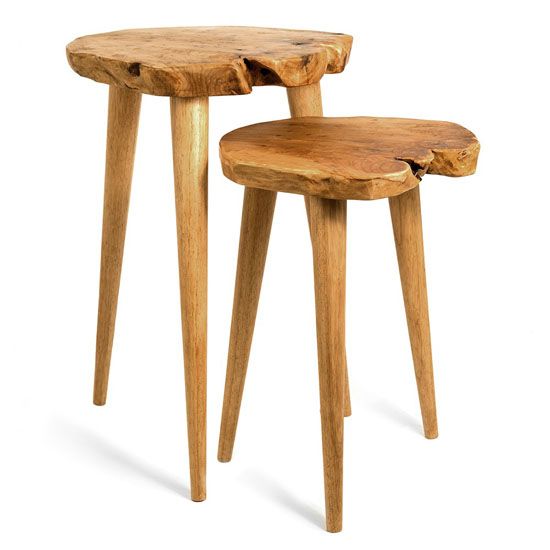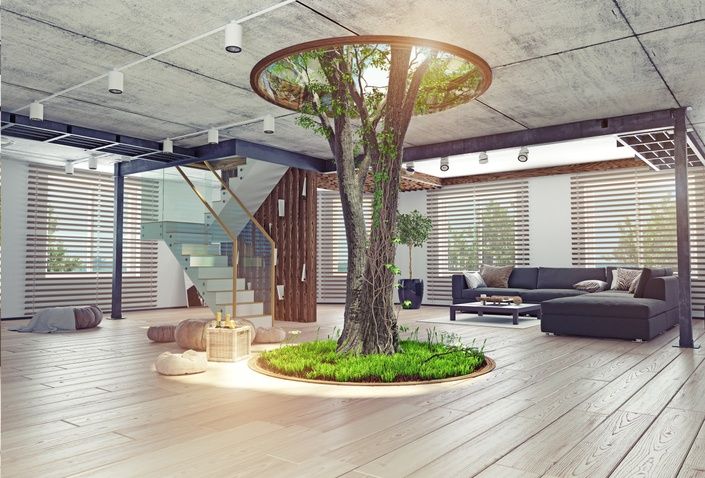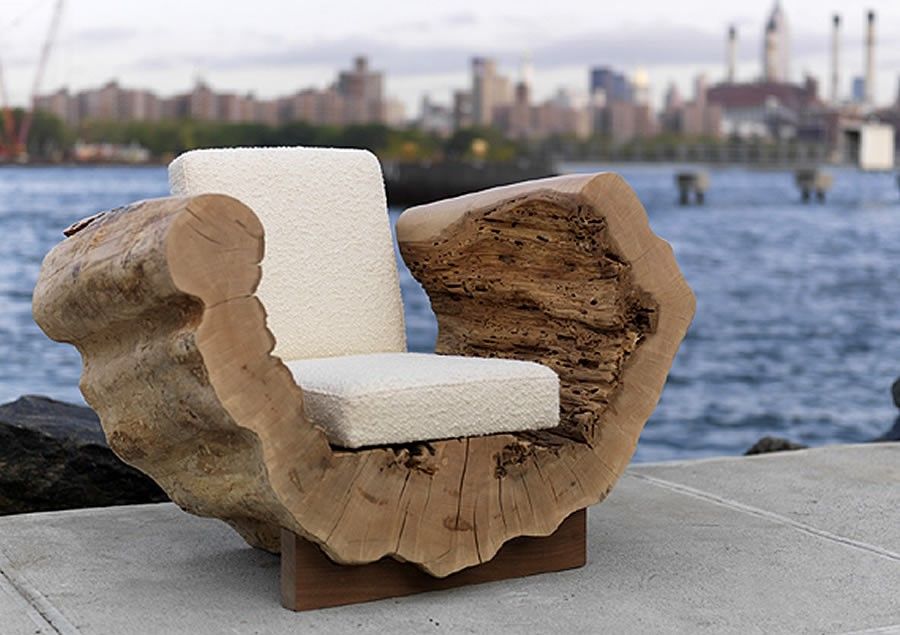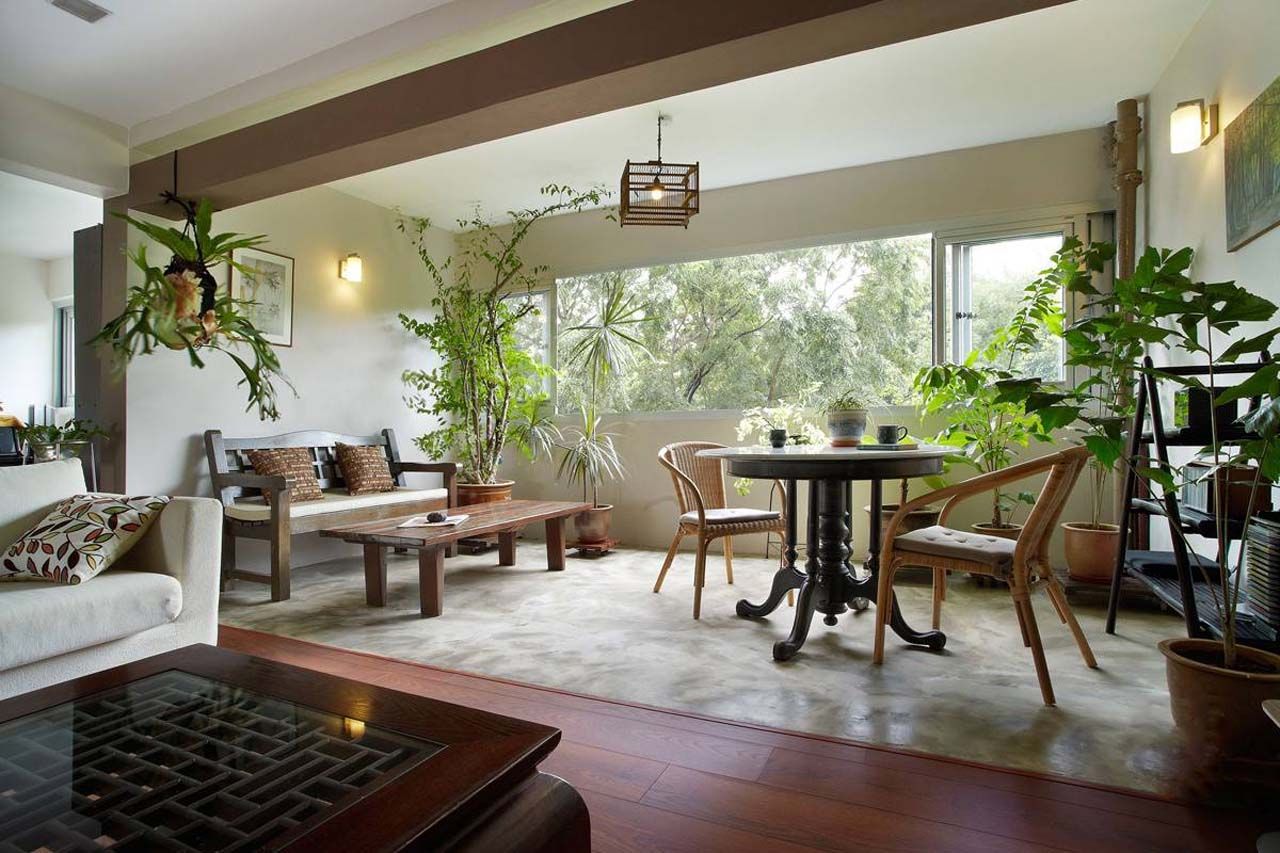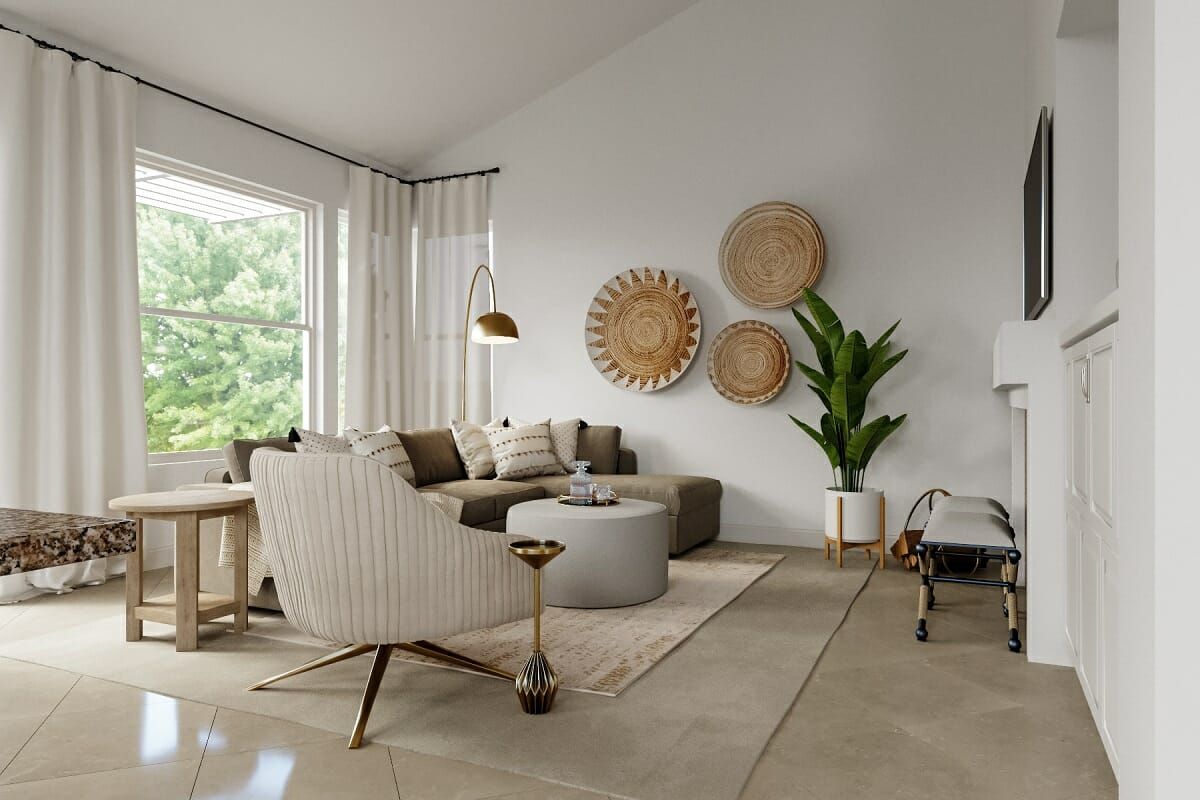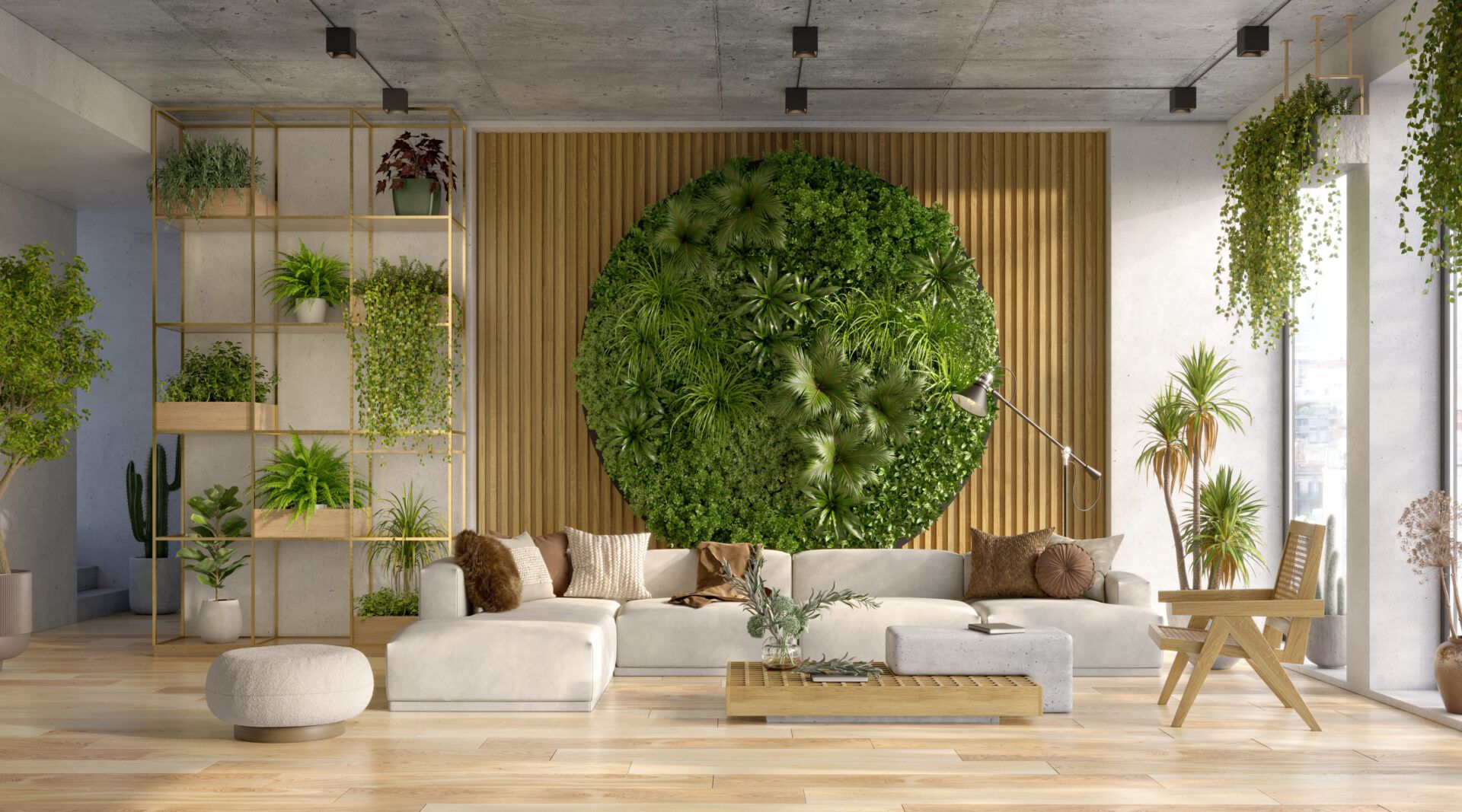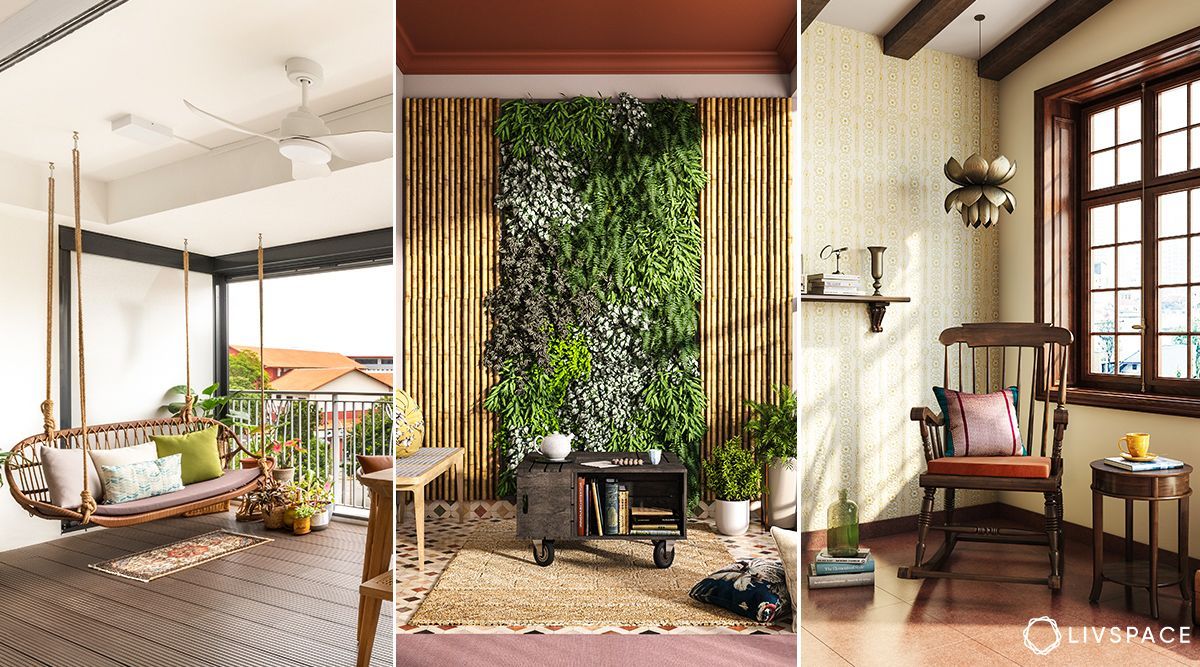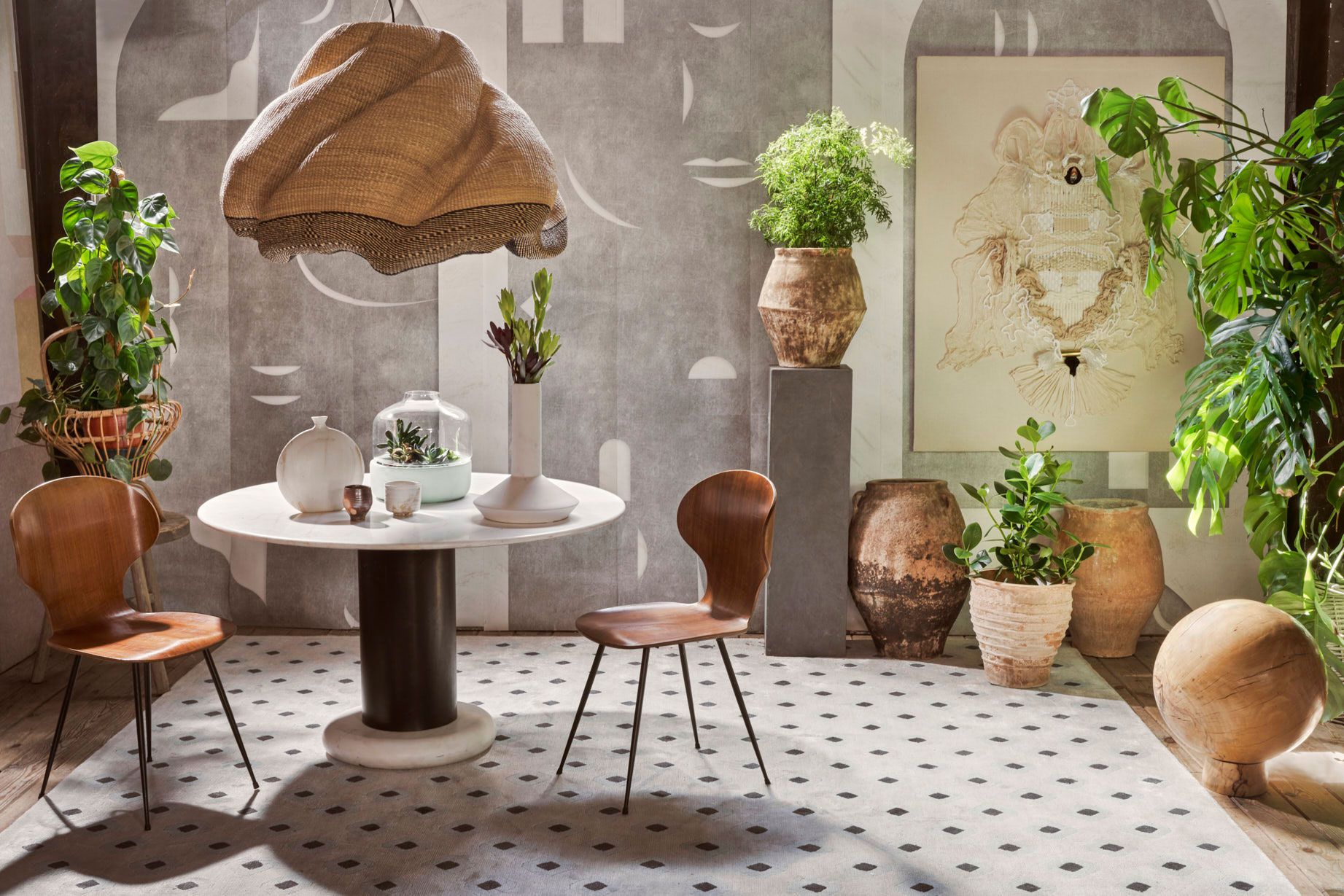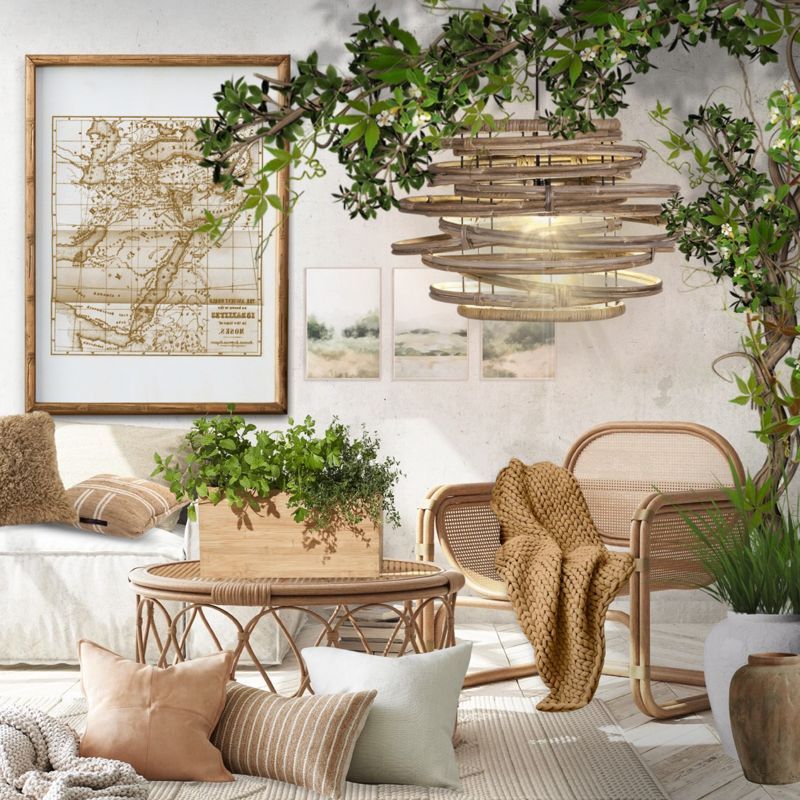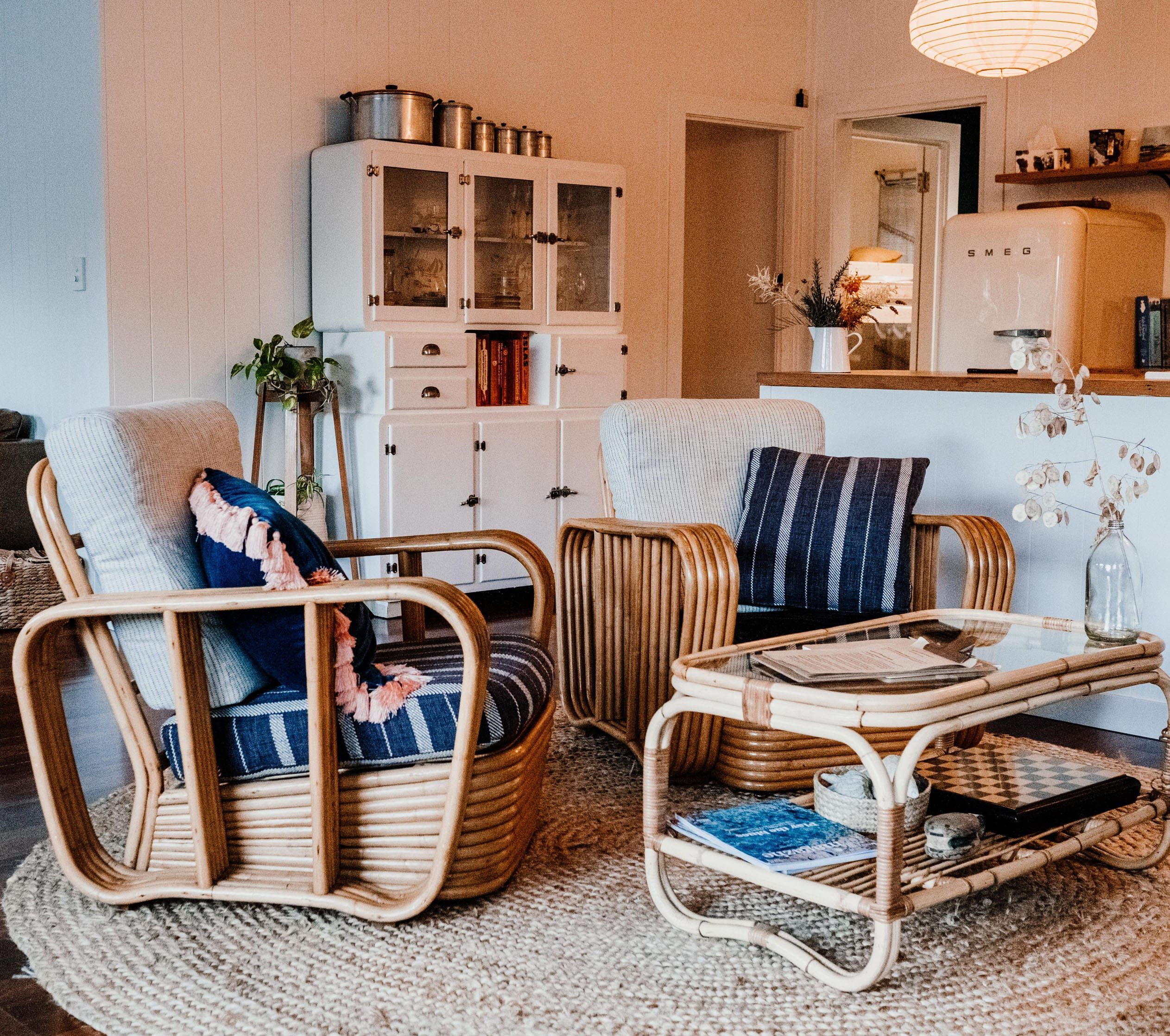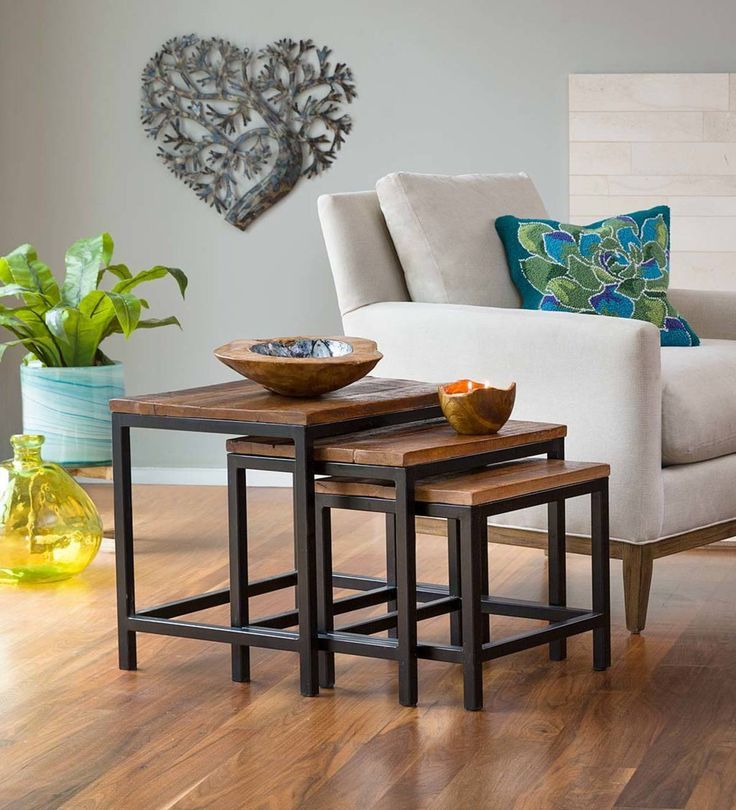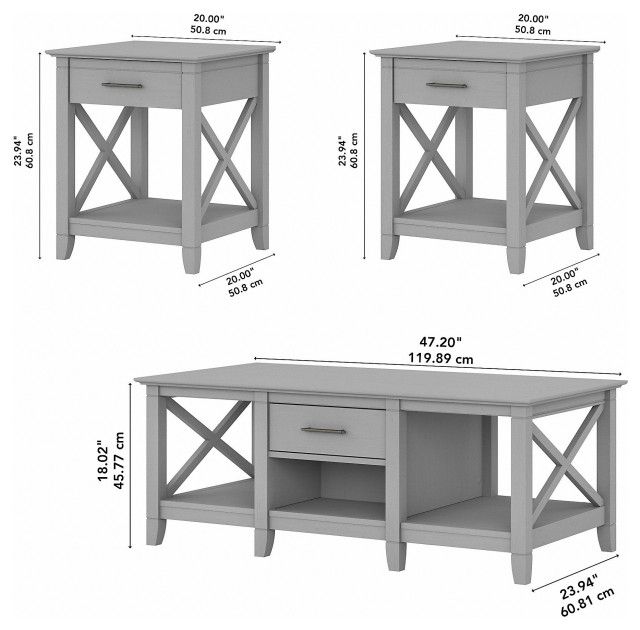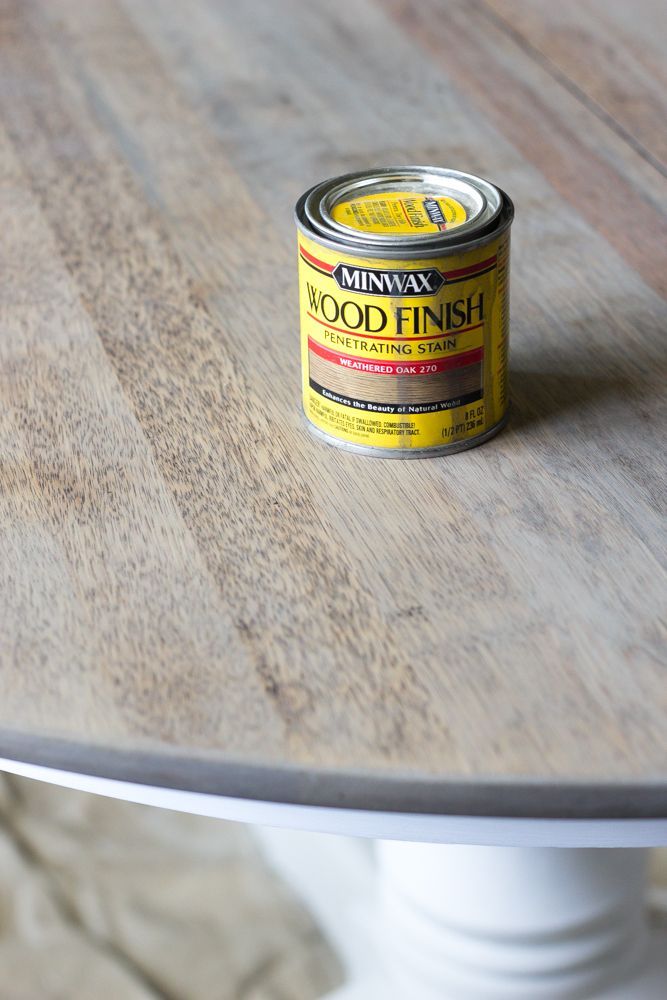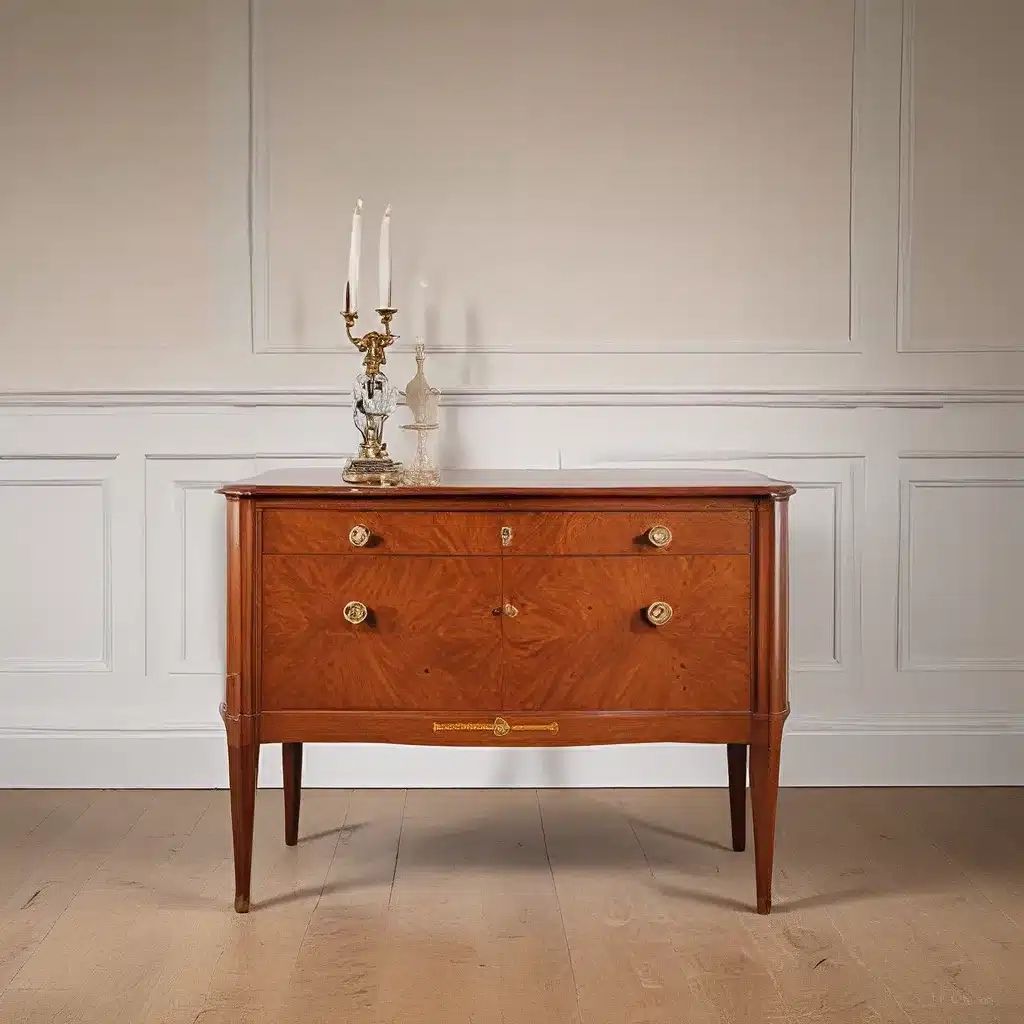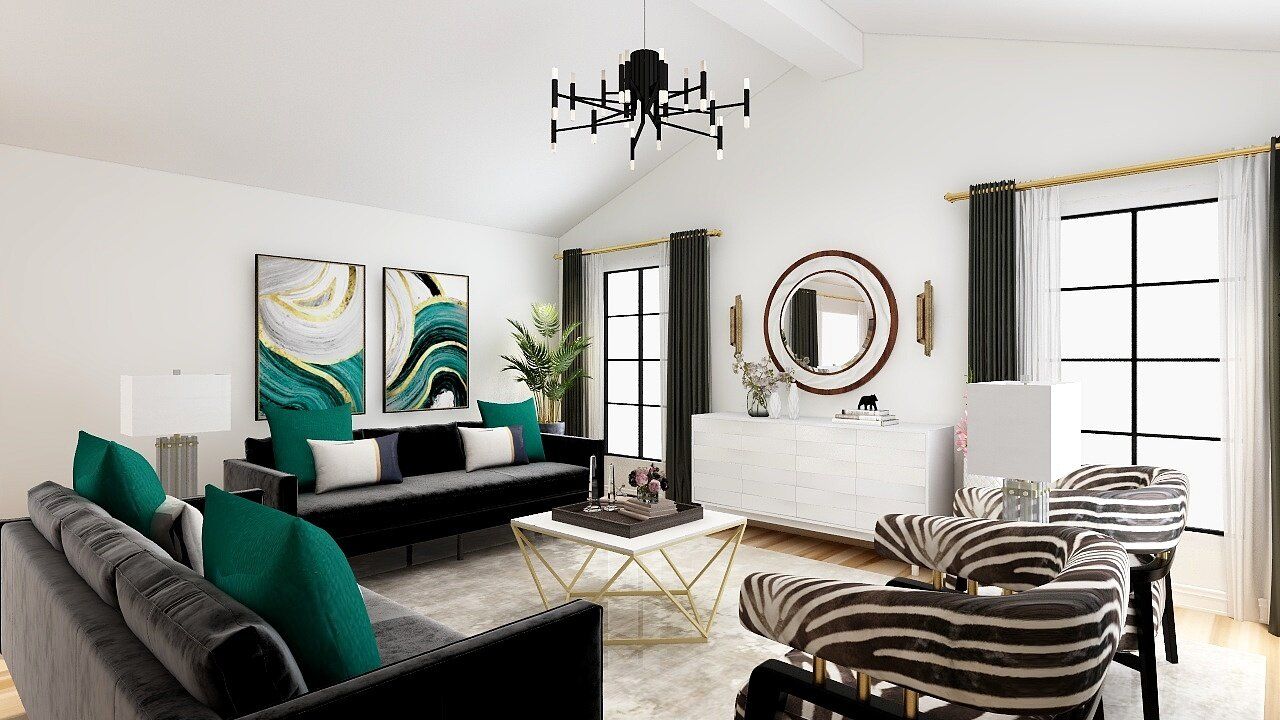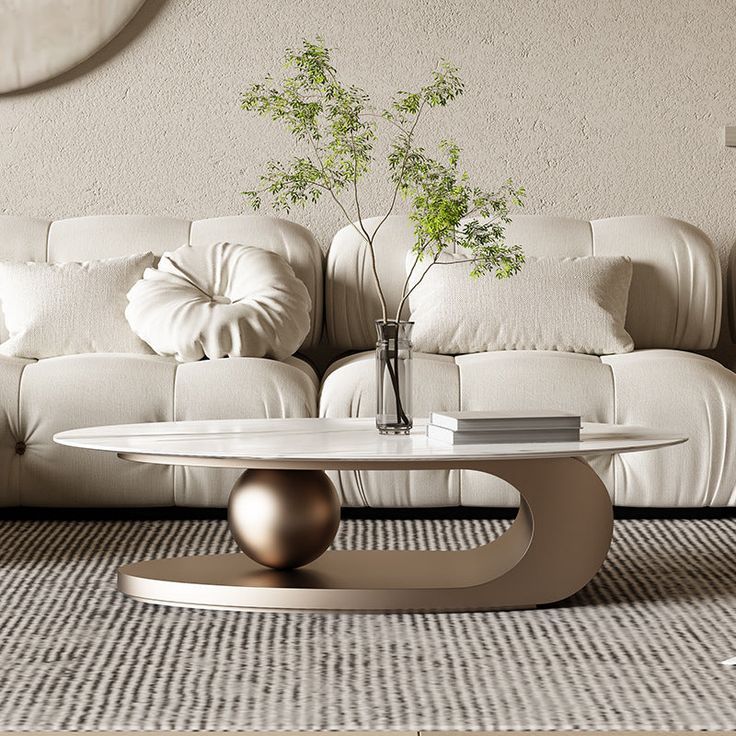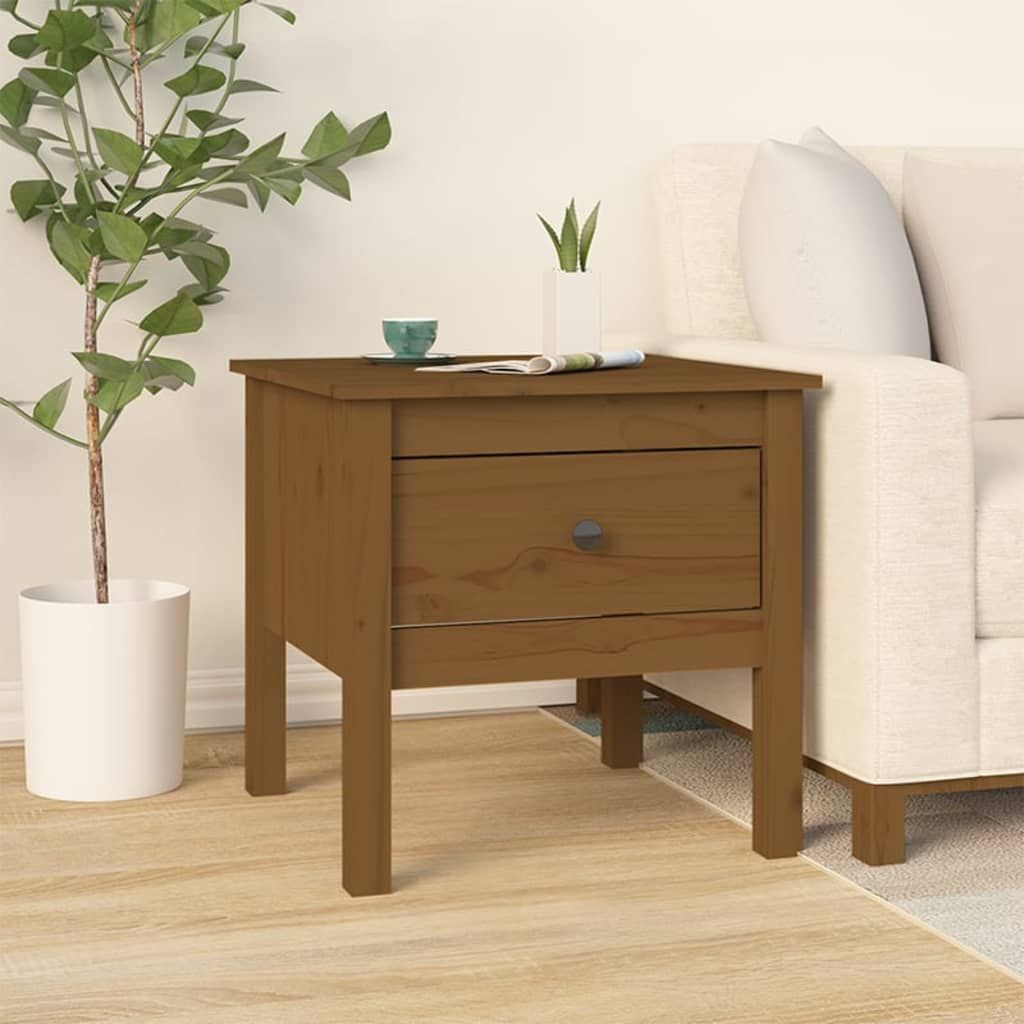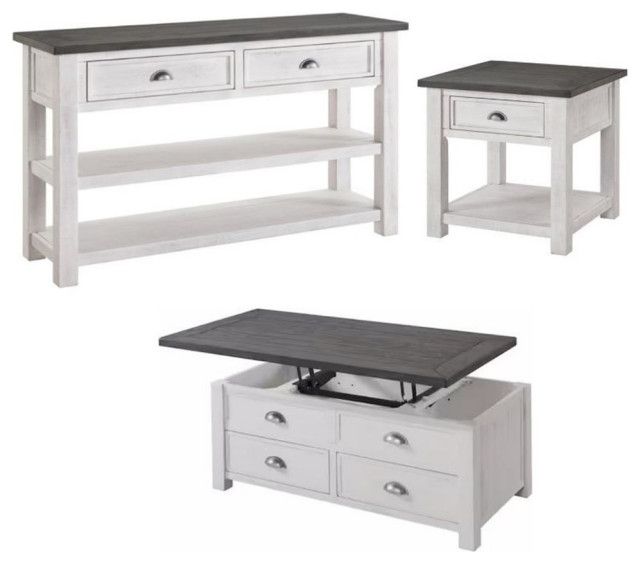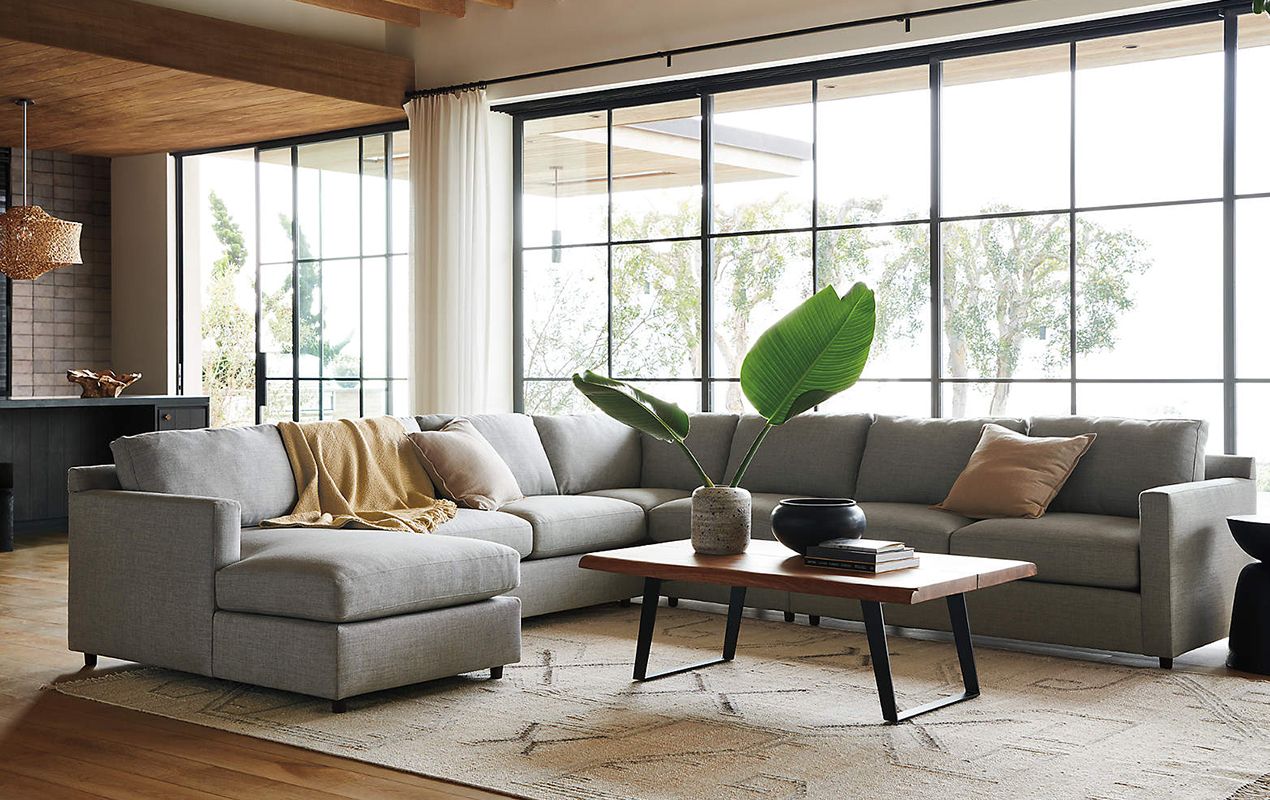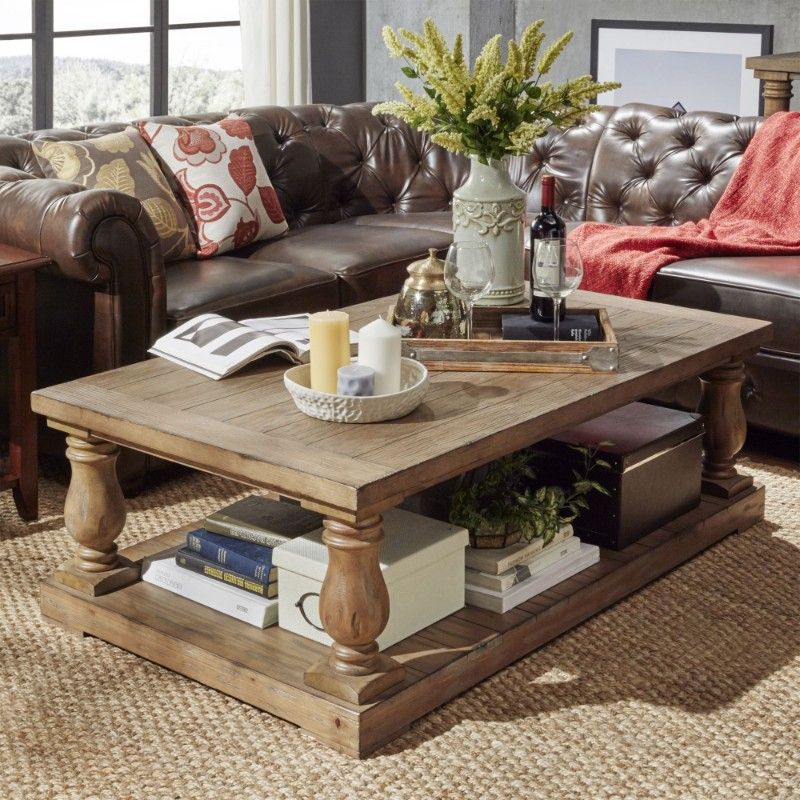Nesting tables, those charming sets of tables that slide neatly under each other, are a staple in many homes. They’re practical, space-saving, and can add a touch of style to any room. But have you ever considered the story behind their creation? The materials used, the processes involved, and the people who make them all contribute to a much larger narrative than just a piece of furniture. We’re going to dig into the world of nesting tables, but not just for their looks. We’re going to explore the eco-conscious side of things, looking at how these tables are made and the impact they have on our planet.
In recent years, there’s been a growing movement toward conscious consumption. People are becoming more aware of the environmental and social impacts of their purchasing decisions. This shift is affecting everything, from the food we eat to the clothes we wear, and of course, the furniture we buy. We’re moving beyond just considering aesthetics and price and starting to ask important questions, like: Where did this come from? What is it made of? Who made it? And what’s its impact on the world? This is where the eco-conscious craftsmanship of nesting tables comes into play. Let’s take a closer look.
Sustainable Materials: The Foundation of Eco-Friendly Design
The most fundamental part of any eco-conscious product is the materials used. For nesting tables, this means looking beyond the usual suspects like particleboard and focusing on more sustainable options. Let’s explore some of the more popular choices:
- Reclaimed Wood: This is wood that has been salvaged from old buildings, barns, or other structures. Using reclaimed wood is fantastic because it prevents deforestation and gives new life to a material that would otherwise go to waste. Each piece has its own unique character, adding to the charm of the table.
- Bamboo: Bamboo is a rapidly renewable resource. It grows incredibly fast and doesn’t require fertilizers or pesticides. Bamboo is also incredibly strong and durable, making it a great choice for furniture.
- Solid Wood from Sustainable Forests: If solid wood is the desired material, make sure it comes from forests certified by organizations like the Forest Stewardship Council (FSC). FSC certification ensures that the wood is harvested responsibly, protecting biodiversity and the rights of local communities.
- Low-VOC Finishes: Volatile Organic Compounds (VOCs) are chemicals that can be released into the air and can be harmful to your health. Look for nesting tables finished with low-VOC or no-VOC paints, stains, and varnishes to create a healthier home environment.
Ethical Production: Supporting Fair Labor Practices
Choosing eco-conscious nesting tables also means thinking about the people who make them. Ethical production involves ensuring fair wages, safe working conditions, and the right to organize for workers. Here’s what to look for:
- Certifications: Look for certifications like the Fair Trade Certified label. This guarantees that the workers involved in the production process are treated fairly and paid a living wage.
- Transparency: Companies that are committed to ethical production are usually open about their manufacturing processes. They’ll provide information about their factories, their workers, and their supply chains. You can often find this information on their websites or through customer service.
- Local Craftsmanship: Supporting local artisans and craftspeople can be a great way to ensure ethical production. When you buy locally made nesting tables, you’re often directly supporting the livelihoods of people in your community and reducing the environmental impact of transportation.
The Impact of Design: Minimizing Waste and Maximizing Durability
The design of a nesting table also plays a role in its eco-friendliness. Good design means minimizing waste and ensuring the table’s longevity. Here’s how:
- Durable Construction: A well-made table will last for years, reducing the need for frequent replacements. Look for tables with strong joints, quality hardware, and robust finishes.
- Modular Design: Some nesting tables are designed with modular components, allowing you to replace individual parts if they get damaged, rather than having to replace the entire table.
- Minimal Packaging: Companies committed to sustainability often use minimal, recyclable, or biodegradable packaging materials. This reduces waste and lessens the environmental footprint of shipping.
Beyond the Table: Considering the Whole Lifecycle
Thinking about the lifecycle of a product is a key part of eco-conscious consumption. It’s not just about the materials and production; it’s also about what happens when the table reaches the end of its useful life. Consider these points:
- Durability and Longevity: A well-built table that lasts a long time reduces the need for replacements.
- Repairability: Can the table be repaired if it’s damaged? Look for tables with easily replaceable parts.
- Recyclability: When the table is no longer needed, can its components be recycled? Choose tables made from materials that can be easily recycled or repurposed.
- Upcycling Potential: Can you upcycle the table or its components into something else? This could involve turning it into a different piece of furniture or using its parts for other projects. For example, you might convert a nesting table into a plant stand.
Finding Eco-Conscious Nesting Tables: Tips for Consumers
Ready to start your search for eco-friendly nesting tables? Here are some practical tips:
- Do Your Research: Look for companies that are transparent about their materials, production processes, and certifications. Read customer reviews to get insights into the company’s commitment to sustainability.
- Ask Questions: Don’t be afraid to ask the seller about the origins of the materials, the manufacturing process, and the company’s sustainability practices.
- Look for Certifications: Seek out tables that are certified by organizations like the FSC, Fair Trade, and Greenguard.
- Consider Secondhand Options: Buying used nesting tables is a great way to reduce waste and give furniture a second life. Check out local thrift stores, online marketplaces, and consignment shops. You may find a vintage or pre-owned set that matches your style and values.
- Support Local Businesses: Buying from local artisans and craftspeople can often be a more sustainable choice, as it reduces transportation emissions and supports your community. In addition, you can often get more information about the materials and production methods.
Examples of Eco-Friendly Nesting Table Brands
To give you a head start, here are a few examples of brands that are committed to eco-conscious practices (Please note: I do not endorse any specific brand; this is for information only, and you should do your own research):
- Brand A: This company uses reclaimed wood and sustainable finishes, and they are transparent about their manufacturing processes.
- Brand B: Known for its bamboo furniture, this brand focuses on ethical production and works with fair-trade certified factories. They also use minimal packaging.
- Brand C: This company is a great example of a company that uses FSC-certified wood and offers modular designs, promoting repairability and longevity.
Remember to always do your own research to ensure these brands still align with your values, as company practices can change.
Choosing eco-conscious nesting tables is more than just a purchase; it’s a statement. It’s a commitment to a more sustainable future and a more ethical way of living. By understanding the materials, production processes, and lifecycles of these tables, and by making informed choices, you can furnish your home with style and with a clear conscience. It’s about more than just the look and feel of your home; it is about the impact you are making on the world, one nesting table at a time. As consumers, we have the power to drive change. By supporting companies that prioritize sustainability and ethical practices, we can help create a more responsible and beautiful world for ourselves and for generations to come. So, the next time you are in the market for a nesting table, remember to look beyond the aesthetics and consider the story behind it. Your choices matter.
